First Nations art reflects the deep connection Aboriginal and Torres Strait Islander Australians have with the land, stories and spirituality. As the oldest living and continuous art practised in the world, it is diverse, encompassing a wide range of forms including rock painting, bark painting, dot painting, line painting, fibre art and wood carving.
Dreamtime is thought to have been the main source of inspiration for Aboriginal and Torres Strait Islander art and beyond, as it educated the people and communities about their moral beliefs, laws of living, ancestral beings and stories of creation. Much like most parts of Aboriginal culture, art is regional in character and style, so different areas with different traditional language groups approach art in unique and distinct ways.
In areas like Arnhem Land and the Top End, bark painting is a prominent form of artistic expression. In bark painting, intricate designs are made with natural pigments on sheets of bark harvested from trees. These paintings often depict Dreamtime stories, ancestral beings and the natural world, serving as both a form of artistic expression and depositories of cultural knowledge.
The Kimberely region of Western Australia is home to some of the oldest and most prolific rock art sites in the world. For thousands of years, Aboriginal people have adorned cave walls and cliff faces with paintings and engravings, depicting Dreamtime stories, hunting scenes and spiritual beliefs. There are two major traditions of rock art in the Kimberely - Gwion Gwion Bradshaw figures, distinguishable by its stick-like human figures adorned with tassels or sashes and Wandjina rock art, commonly characterised by its black, red and yellow colours on a white background.
Across the Australian continent, Aboriginal and Torres Strait Islander communities have long practised wood carving. It requires wood, sharp rocks or stones to carve and wire and fire to create patterns which were then placed on the wood carving. Wood carvings were made to help tell stories of the Dreamtime, which were then passed down through generations to preserve the traditions and customs of Country.
Contemporary Aboriginal art continues to reflect the experiences, identities and aspirations of First Nations peoples today. From paintings and sculptures to textiles and digital media, First Nations artists are exploring new mediums and pushing boundaries of what First Nations art can be and you will often find artwork on clothing, household products, beauty products and many more.
Unfortunately, there continues to be evidence of Aboriginal and Torres Strait Islander art being replicated by non-First Nations peoples. This is unethical and offensive to First Nations peoples as it steals the cultural intellectual property and does not follow preferred cultural practices and ways of sharing culture. The current Australian legal framework does not provide adequate protections to ensure that only authentic art made by First Nations artists and communities with the approval of Traditional Custodians are created and sold. According to the Productivity Commission, over half of souvenirs and merchandise sold do not meet these criteria.
Here are a couple of First Nations artists that you can support today:
Nancy Jackson
Nancy Nyanyana Jackson is a Ngaanyatjarra woman, born in the bush in a region between the Northern Territory and Western Australian borders. Nancy is a highly skilled fibre work artist and has exhibited her fibre art work every year since 2008. Her sculptures depict significant spiritual animals and symbols of Aboriginal culture such as lizards (tinka), which play a major role in the Dreamtime stories relating to the creation of the natural world, especially in Central Australia as well as dogs (papa), which many Aboriginal cultures saw as guardians and protectors of community from other animals or intruders.
Mick Harding
Mick is a Taungwurrung artist, belonging to the Yowong-Illam-Baluk and Nattarak Baluk clans. He specialises in woodworking and printmaking. Mick takes large inspiration from his First Nations heritage in his artworks, with carved wooden boomerangs and carved wooden clapsticks being part of his repertoire. His wooden artworks are inscribed with stories inspired by compelling legends of his people and the wood is sourced from the same site as the story engraved on it, which highlights the immense connection to story and Country.
Rainy King
Rainy (Lorraine) King is a proud Weilwan woman living on Country in Coonamble NSW. Rainy joined a local ceramics group in 2012 and fell in love with the practice. Her passion for creating with clay directly connects her to Country, family and heritage and sparks a sense of inner peace. Rainy takes inspiration from the land on which she lives, the native flora and fauna, as well as personal stories and experiences passed down from her Aunties and Grandmothers. Her dream and mission is to encourage and support other Aboriginal women to engage in art as a form of connection to culture and an outlet for self expression and creativity.
There are many more prominent artists across all regions of Australia who weave thousands of years of wisdom and knowledge into their art work and are willing to share this with the world.






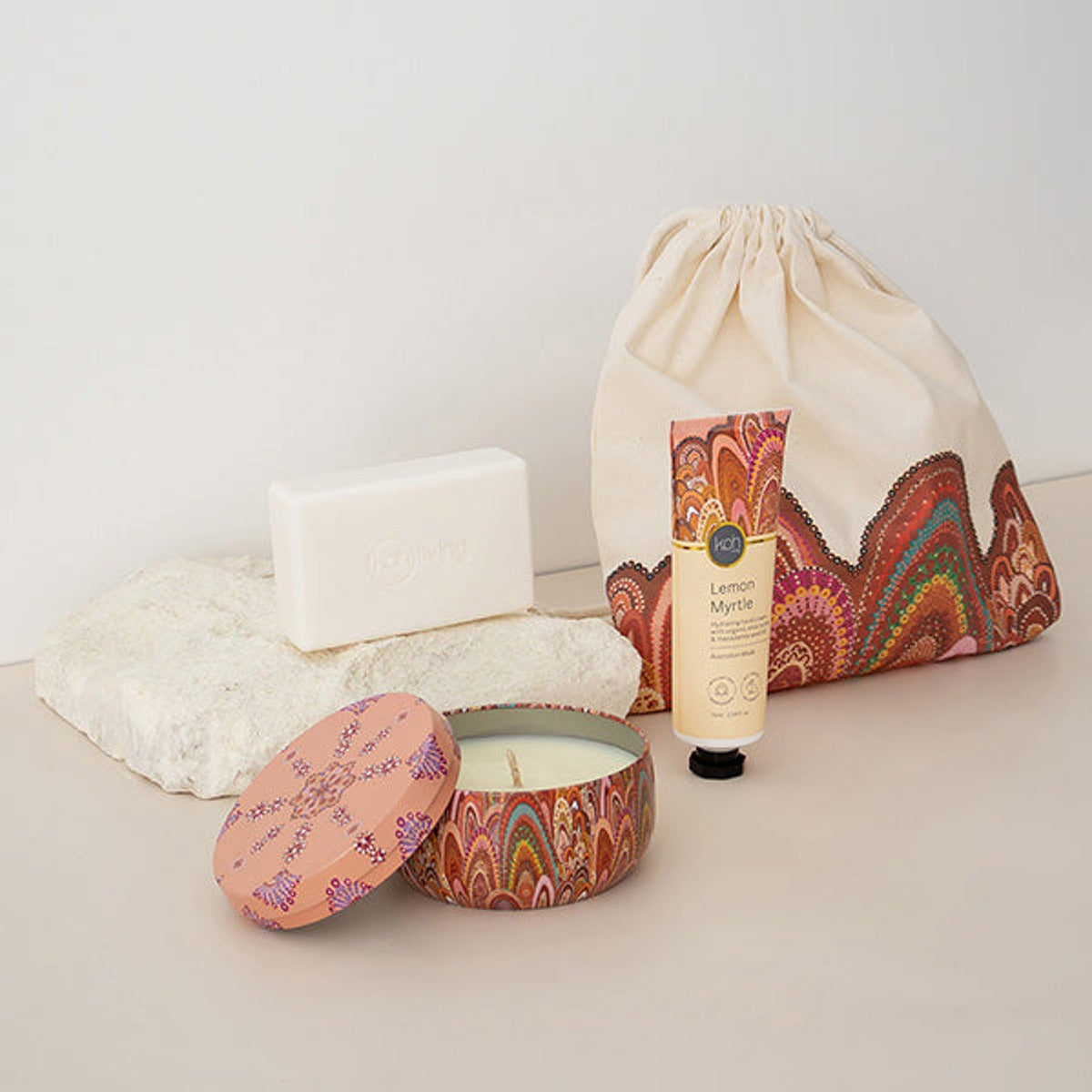
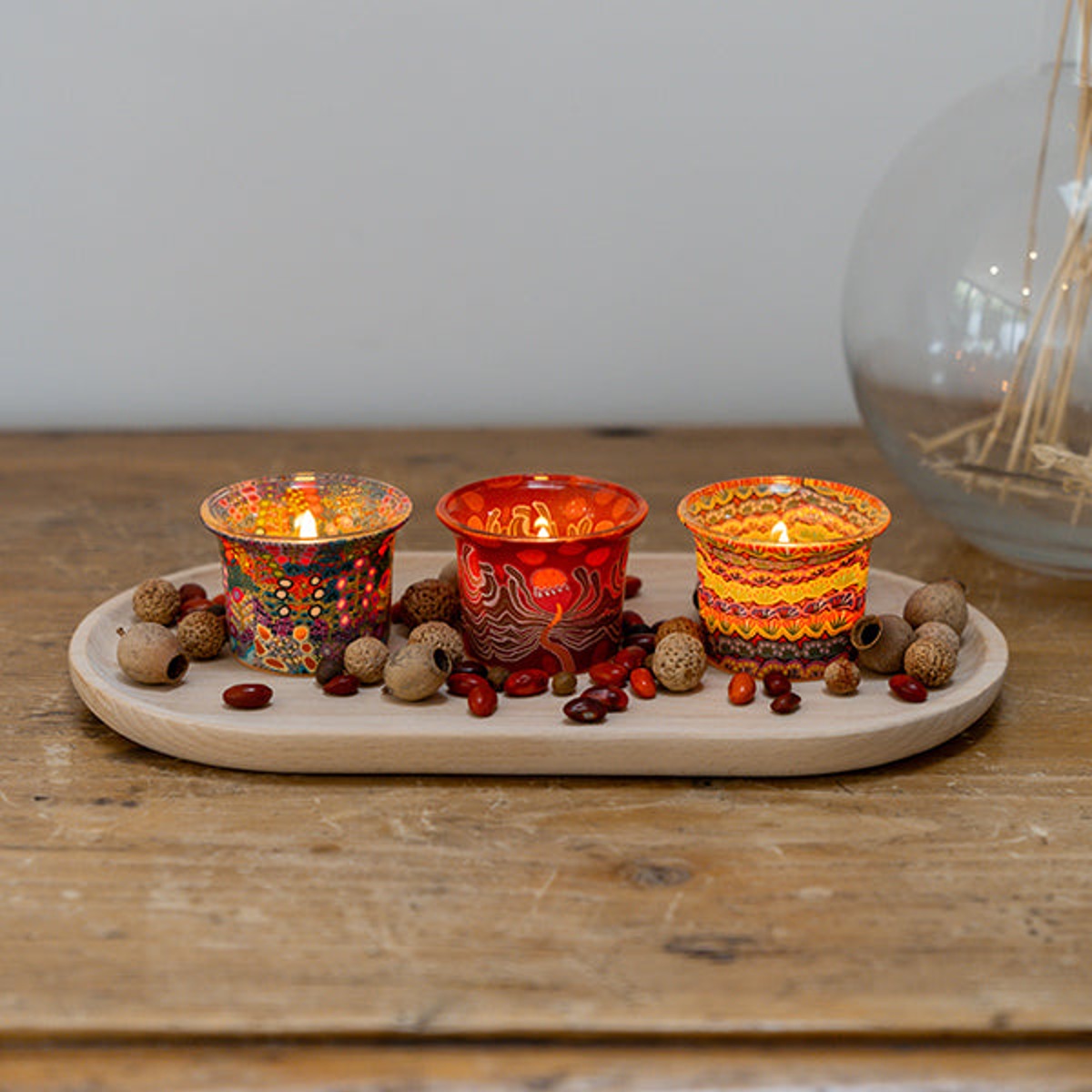

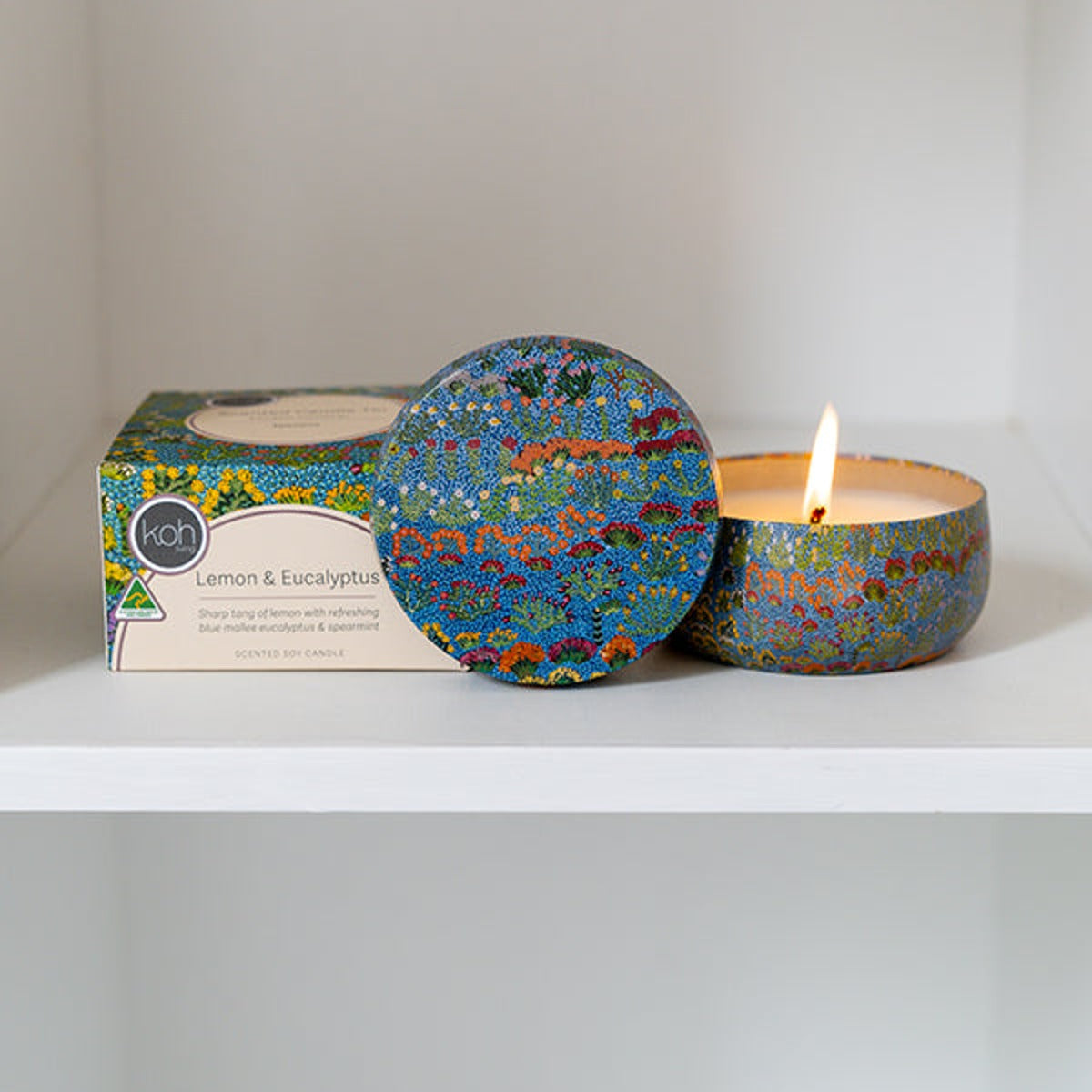
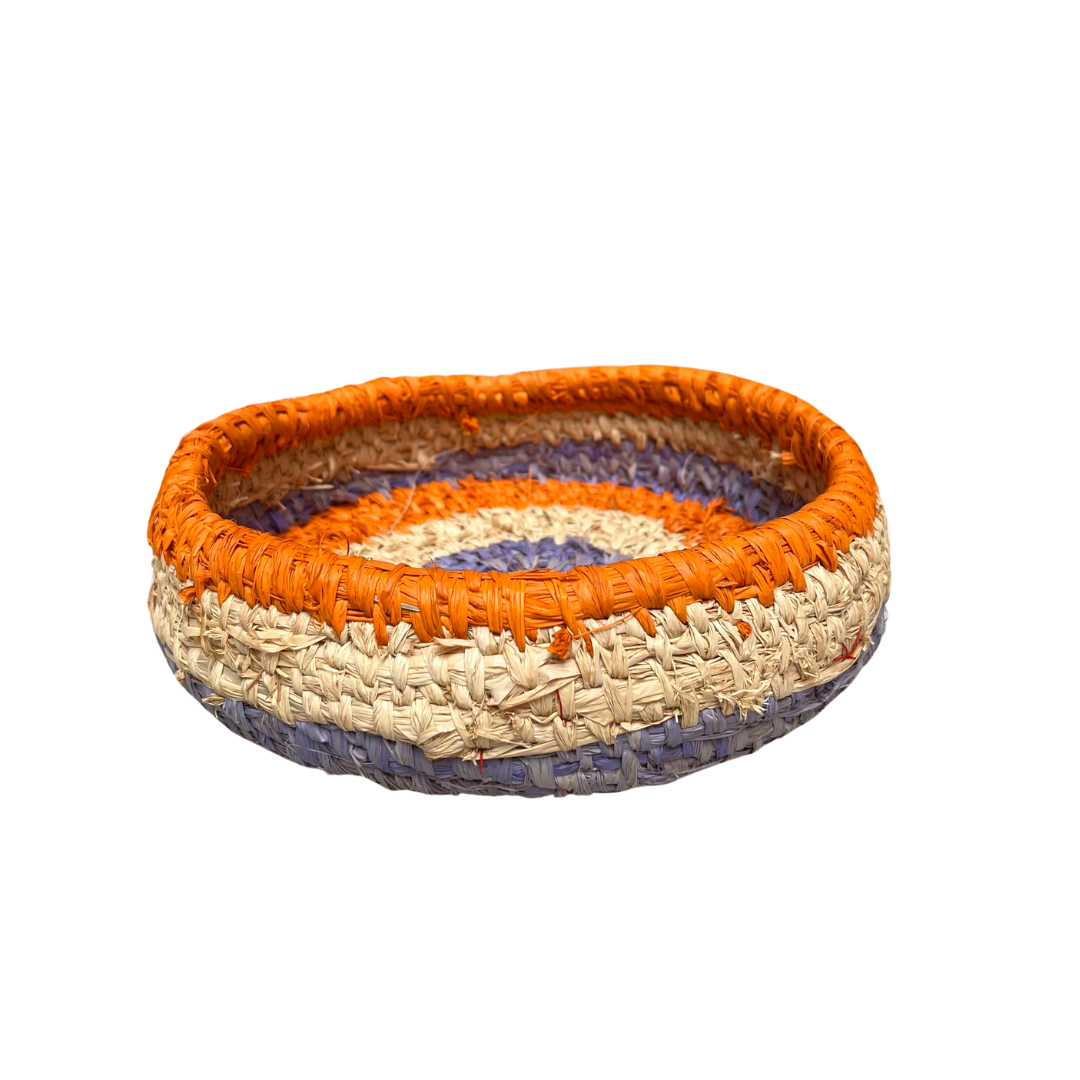
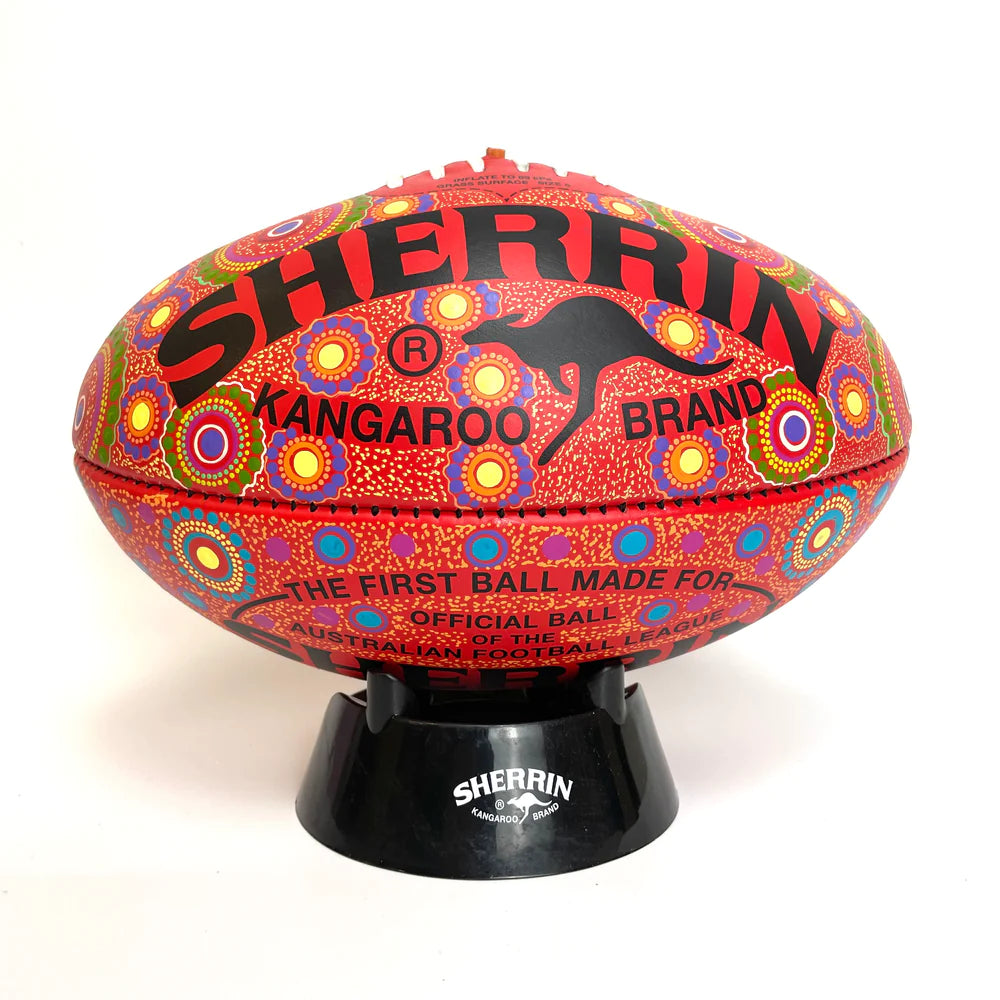
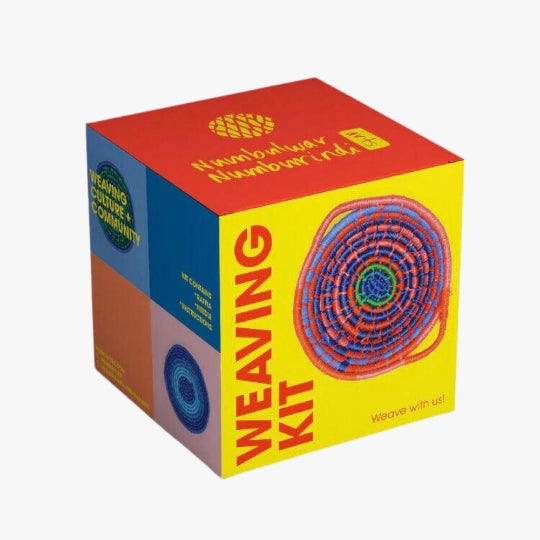


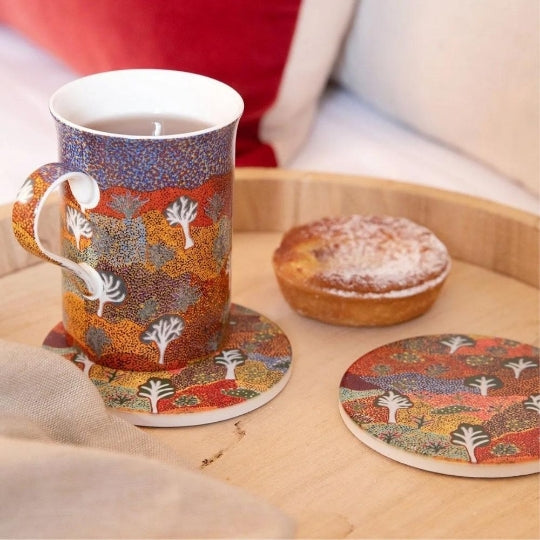
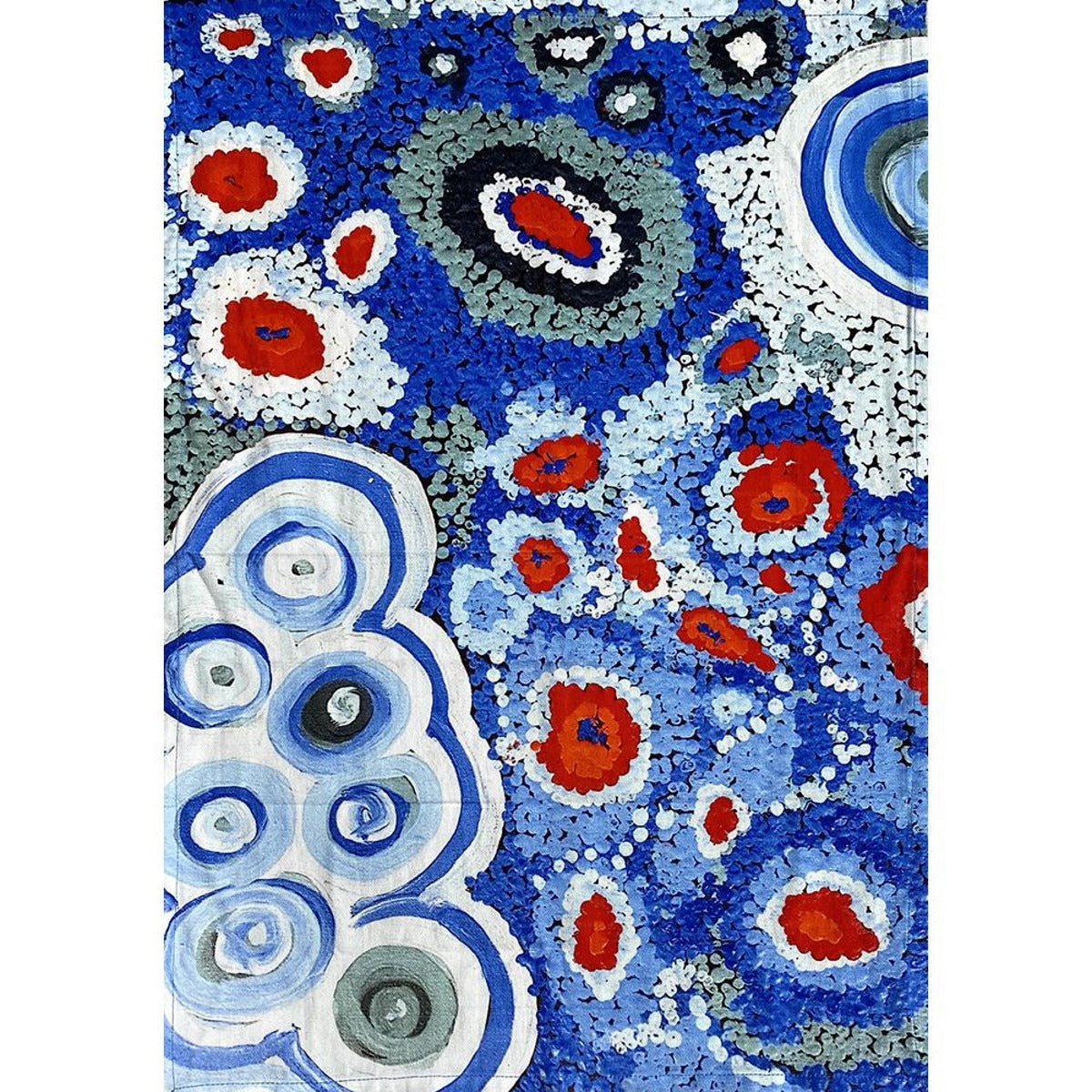

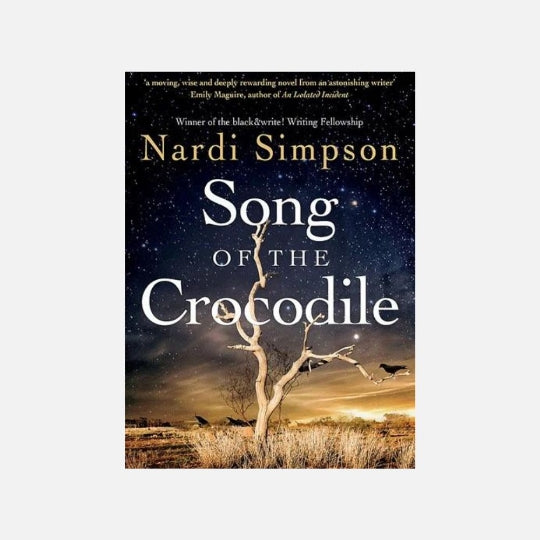
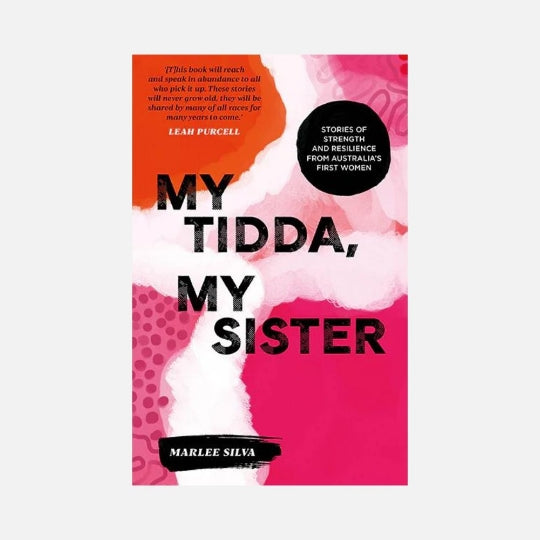
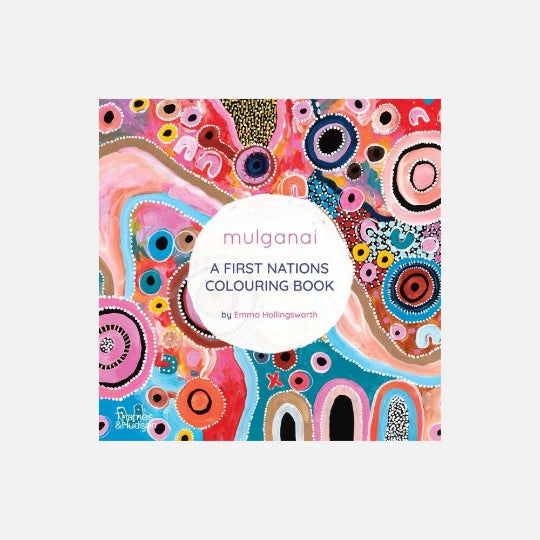


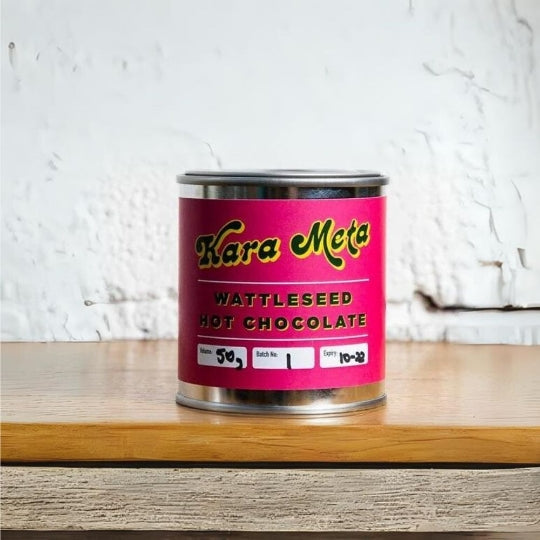
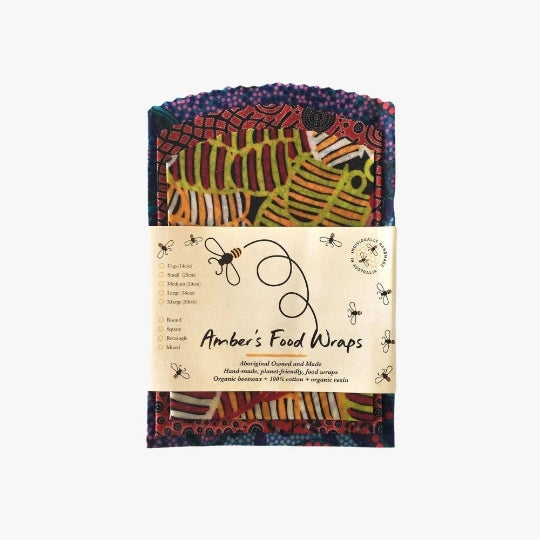


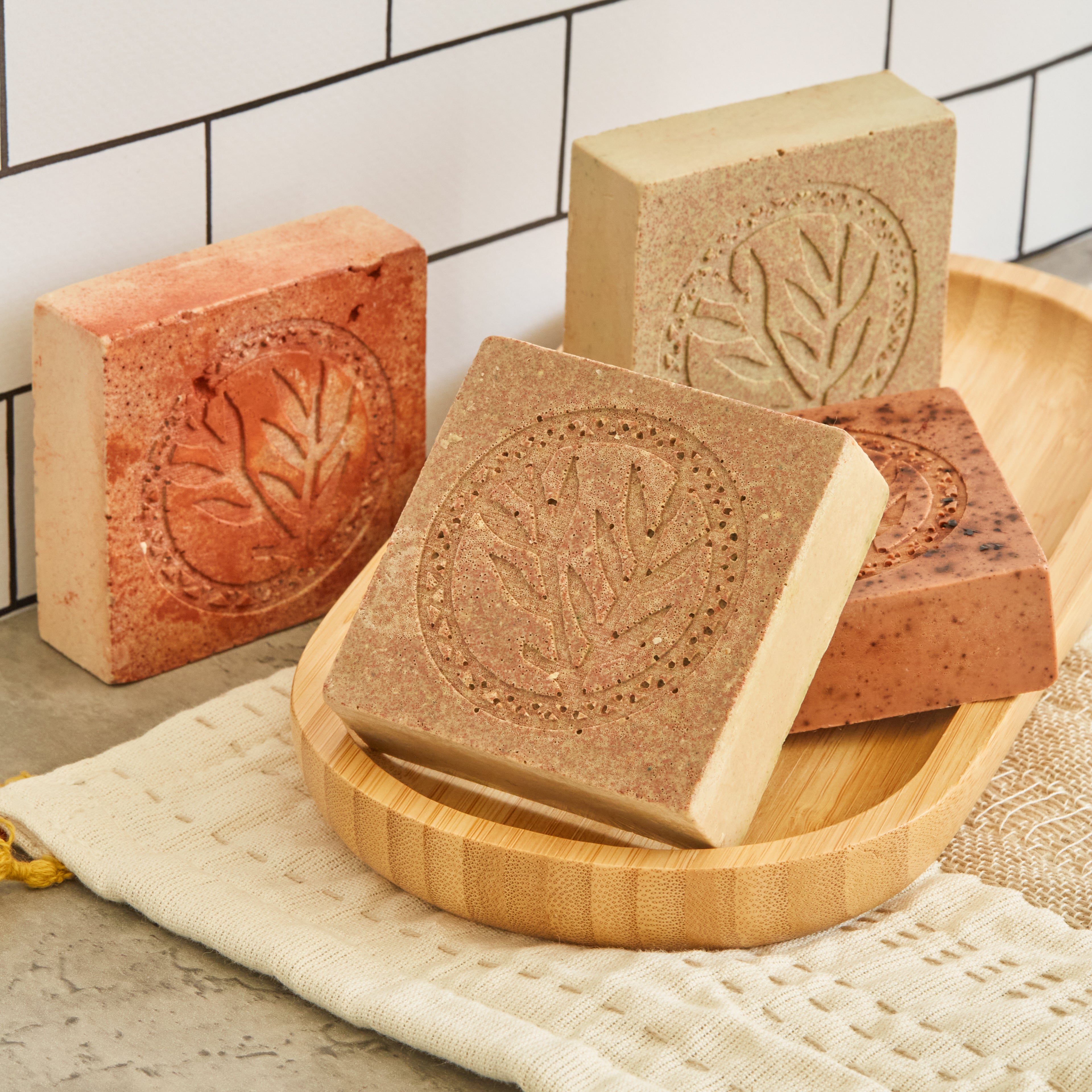




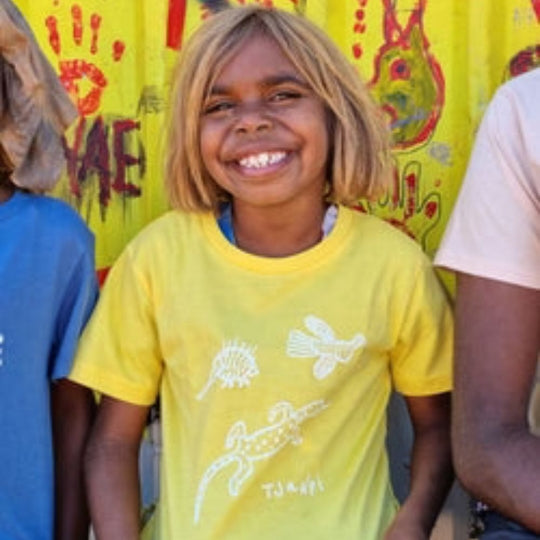
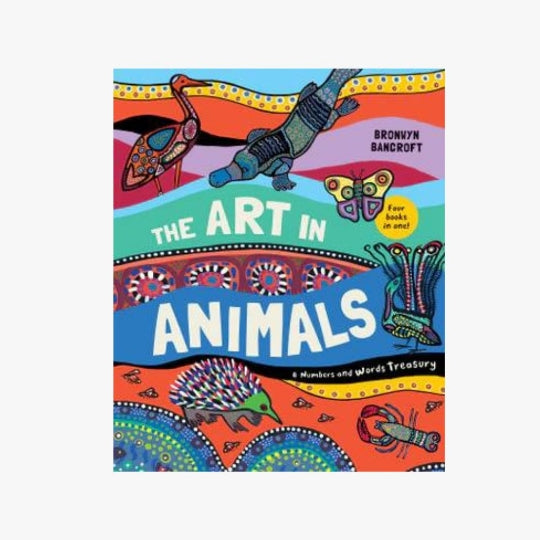


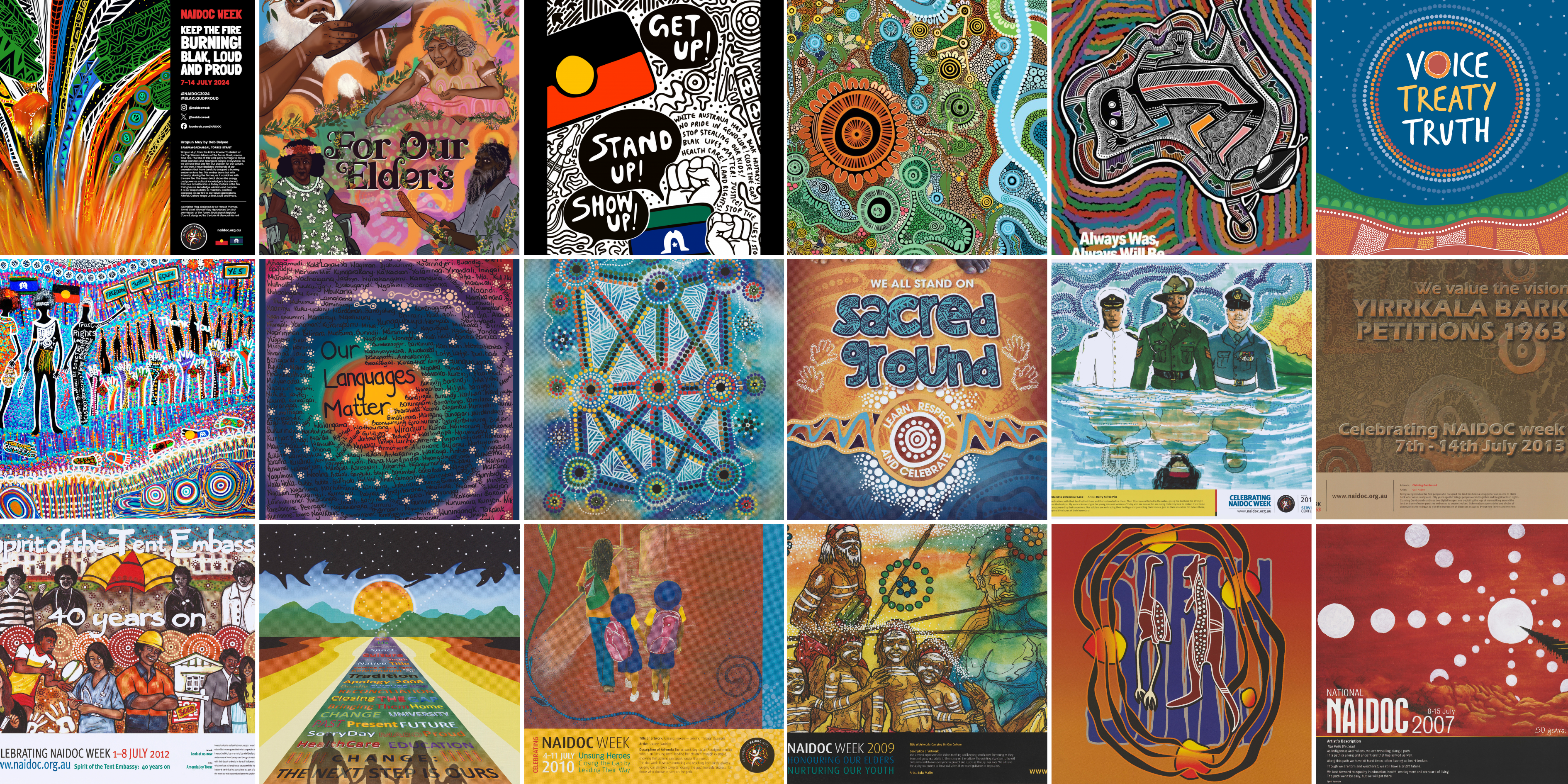
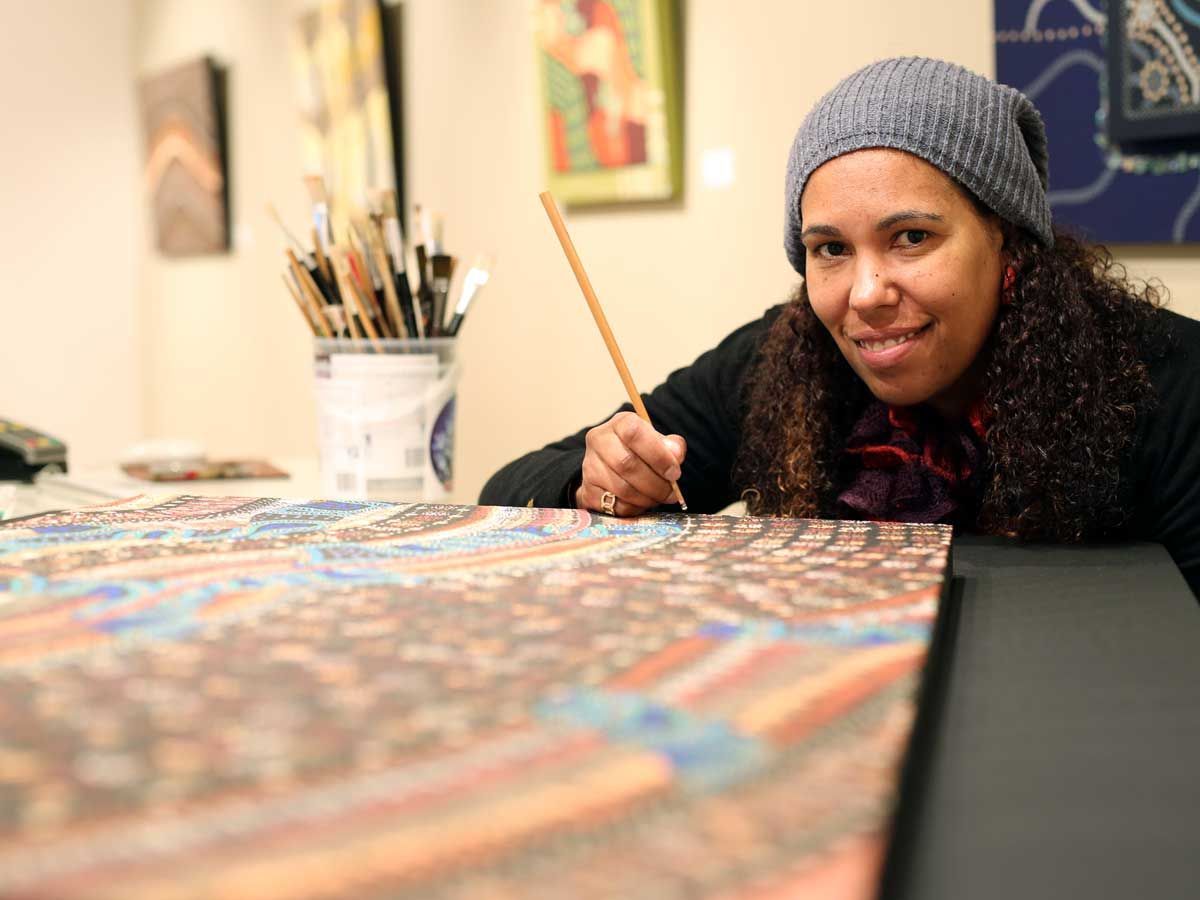

Leave a comment
This site is protected by hCaptcha and the hCaptcha Privacy Policy and Terms of Service apply.